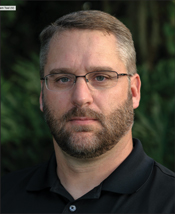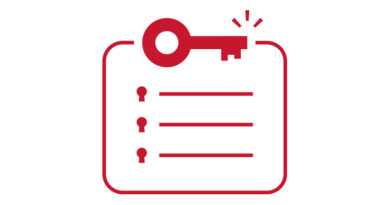“Two Roads Diverged In a Yellow Wood…”
By David Ririe
Robert Frost’s famous poem, “The Road Not Taken,” is in part about taking the road less travelled. It is also about choices and often the roads we choose not to take. As we launched our DAA strategy three years ago, we knew that we were one of the first to take “the road less travelled.” We also knew that would come with some significant technology choices along the way. As we looked at things like RPD vs. RMD, or hub aggregation versus field aggregation, we were often making choices based on what technology was available or the most mature. Sometimes, with problems like optical aggregation, our smart folks went out and had new technology built for us. That resulted in new hardware like the OCML device. That stands for “optical communications module link extender,” and as one of our senior engineers likes to say, the “E” is silent.
I bring up those early choices since as we move down the DAA road, there will be presented several new choices. We are looking at a second generation of nodes that will start to incorporate or align more closely with RMD functionality, much of which has recently been defined in the CableLabs flexible MAC architecture (FMA) spec. We also have another new generation of nodes just beyond the horizon to support the DOCSIS 4.0 specification. When and how do we start the transition to this next generation and what changes come with it?
It turns out these new technologies will bring significant changes to the network and those changes will bring new choices. We are looking at several proposed vCCAP architectures and how the RMD choices will influence that path forward. How do we look at the proposed L2 vs L3 options for the aggregation network? What sort of “controllers” will this new architecture require, and what software will emerge to drive it? We know that much of the MAC layer and other DOCSIS functions will move to the node, which means that our traditional CCAP equipment will be modified and/or replaced. What will replace all the other functions performed by the CCAP, like routing and DHCP relay? Do we need to look at a new layer of routers and switches to help with these additional aggregation functions? Yes, and yes! Our Metro Network engineering teams are already exploring what these choices will mean for them. We will all be taking some new roads that are less travelled, and choosing not to take others.
It is interesting that as we look back at the massive network shift moving to DAA we will be making fundamental architecture revisions again so soon. We thought the first DAA deployment was generational! Some of these choices and technology decisions will affect previously untouched portions of the network, but also bring new opportunities. As we look at strategic plans to better divide and conquer our ever-increasing utilization and spread the load over more devices, these new architectures will also afford us new options and more reliable networks. Like the traveler in the poem who laments the fact that he will most likely never come back to the road not travelled, he also acknowledges that taking the road less travelled “has made all the difference.” We also acknowledge there are some things we will choose not to do on the next phase of this journey. We look forward to where these new roads will take us and the discoveries and opportunities we will encounter along the way.
 David Ririe
David Ririe
Sr. Director, Access Engineering
Cox Communications, Inc.
david.ririe@cox.com
David Ririe serves as a Senior Director in the Access Engineering group for Cox Communications in Atlanta, GA. He has worked in various engineering roles for Cox Communications starting as a Network Engineer in the Omaha, NE market 14 years ago. He has lead the team through a number of transitions and upgrades on both the DOCSIS and PON technology platforms in that time. He began his telecom career in the U.S. Air Force working on various communications and data networking platforms in the air and on the ground.
Feature Image: Shutterstock




